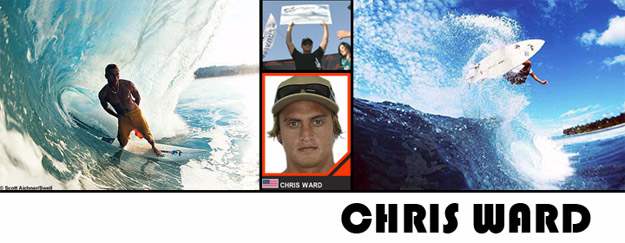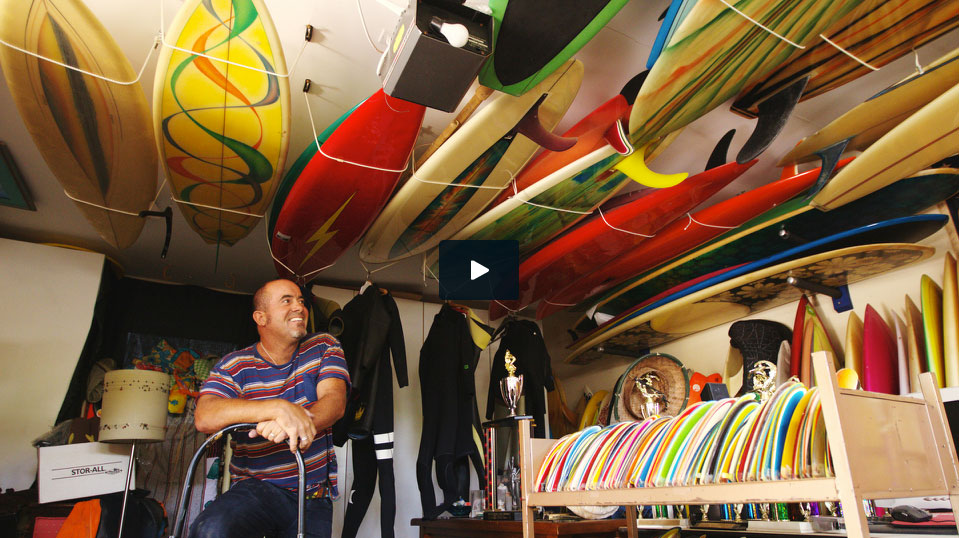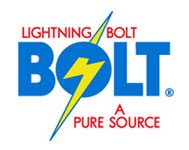Chris Ward
Video may have killed the radio star, but for Chris Ward, it made the surf star. In another time, Ward would have been another hot kid from Southern California. As it is, his legend has followed — and perhaps even surpassed — that of his San Clemente neighbor, Matt Archbold, another worldwide sensation who never seemed to fit in a contest jersey.
The Wards moved to San Clemente from Galveston, Texas, when Chris was nine. Martin Potter had clocked some hours at T Street in the mid-’80s and ignited a freesurfing frenzy that began with Archbold and Christian Fletcher, filtered through international stars like Shane Beschen and rubbed off on kids like Ward. As Ward entered his formative years, the area was already synonymous with radical, outside-the-lines surfing. Rumors started circulating in the mid-’90s about a little kid who boosted huge airs in between smooth carves alongside the pier. He was the 1990 WSA menehune champion, had won the NSSA National Boys’ title and made the Op Junior final in the early ’90s, but outside of California, he was a nonentity. In 1995, Lost Surfboards released What’s Really Goin’ On, featuring Ward’s seamless teenage maneuvering, and he became an overnight cult hero. Kelly Slater’s straight-laced New School found its antithesis in the underground movement. The crew was partying, lighting each other on fire and relating to a vast portion of the surfing world. Sixteen-year-old Ward was their king.
A three-year deal with Gotcha in 1996 coincided with the birth of Chris’ daughter, Malia, and some financial hardships brought on by his father’s terminal illness. The teen found himself supporting a family while his peers goofed around in high school. Aside from finishing second in the 1997 AirTouch ASP qualifying series event at Huntington Beach, he’s found little competitive success. But his media presence has remained strong. Regardless of whether Ward wants to be a high-profile professional, people want to see him surf. In 1999, he signed a lucrative sponsorship deal with Rusty for clothing and boards, not exactly an underground surf company. This doesn’t indicate that he will conform his act into 20-minute heats — his job is to blow minds.
Will the best American freesurfer of his generation eventually fit into the system and claim a world title like Potter did in 1989, or will he follow Archbold’s example of the solo artist till the end? The answer is more up to the establishment. If the pro tour succumbs to the pressure and rewards innovative surfing, which remains to be seen, then he has the ability. In June of 2001, he made the first step toward legitimacy by claiming a five-star WQS event in the Maldives, putting him in position for a run at the WCT. — Jason Borte, June 2001
KEY: O= Original, R= Repaired, RF= Refurbished. Condition of board rated: 1(worst)-10(best)
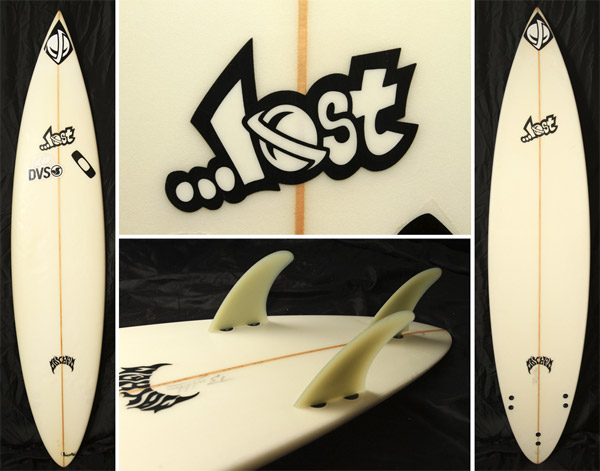 |
| Length: 6’10” | Width: 18 1/4″ | Thickness: 2 1/4″ | Condition: (O) 7.5 |
| WARDO Hawaiian Gun, ridden at Pipeline during his quest to 2nd place next to Slater 08 or 09. Shaped by Matt B for Wardo for Hawaii. 90’s Round Pin Template with lines for speed and barrel riding. Wardo’s Logos in place. board obviously has heel dents and signs of riding. All original with some ding repairs. |
| Click below for a detailed image: |
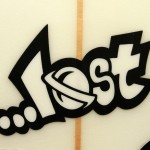  |
 Bradshaw >>
Bradshaw >> 
